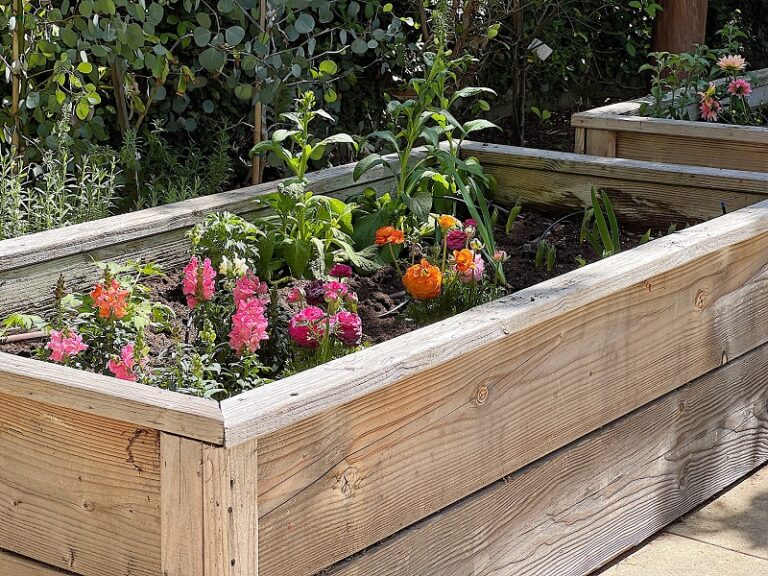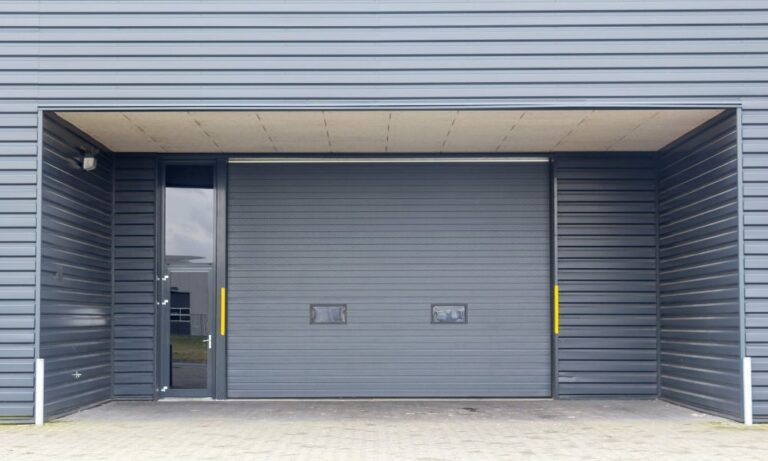
Homeowners invest significant time and resources into maintaining and upgrading their homes, with plumbing systems often overlooked until issues arise. One technology that has gained prominence in safeguarding home plumbing systems is reverse osmosis (RO). In this article, we will delve into the ways reverse osmosis systems protect home plumbing, specifically by mitigating scale and dirt damage and extending the lifespan of pipes.
Understanding Reverse Osmosis:
Re-infiltration is a water purification process that uses a semi-permeable membrane to remove impurities and impurities. In the context of home use, RO systems are commonly employed to improve the quality of drinking water. However, their impact extends beyond the kitchen faucet to benefit the entire plumbing system.
Reducing Scale Buildup:
Limestone buildup is a common problem in homes with hard water, and high mineral concentrations can cause limestone buildup in pipes and fixtures. The primary minerals responsible for scale are calcium and magnesium, which can precipitate and form deposits over time. These deposits not only reduce water flow but also contribute to corrosion and damage to plumbing components.
Reverse osmosis systems can reduce limescale by removing most minerals from water before it enters the pipes.The semi-permeable membrane of the semi-permeable system selectively allows water molecules to pass through and suppresses ions and relatively large impurities, especially calcium and magnesium.Water-using appliances like dishwashers, washing machines, and water heaters are particularly vulnerable. As a result, the water that reaches the pipes is significantly softer, minimizing the potential for scale formation.
Preserving Appliances and Fixtures:
Home plumbing systems are interconnected, and the appliances and fixtures connected to them are equally susceptible to scale damage.Dishwashers, washing machines, and water heaters are particularly sensitive to shock.The reduced scale formation resulting from reverse osmosis not only maintains optimal appliance performance but also extends their lifespan.
In addition to appliances, fixtures such as faucets and showerheads benefit from the softened water provided by RO systems. Scale buildup on these surfaces not only affects water flow but also leads to a deterioration in aesthetic appeal. By preventing scale accumulation, reverse osmosis contributes to the longevity and visual appeal of plumbing fixtures throughout the home.
Fighting Against Dirt and Sediment:
Scale is not the only adversary that home plumbing systems face; dirt and sediment also pose threats. Impurities in water can lead to the clogging of pipes, reducing water flow and increasing the likelihood of corrosion. Semi-permeable systems play an important role in combating these contaminants as reliable filtration barriers.
The semi-permeable membrane in an RO system effectively screens out particles, sediment, and dirt, ensuring that only clean water flows into the plumbing system. This filtration process not only protects pipes but also enhances the overall water quality within the home. As a result, homeowners can enjoy cleaner water for various domestic uses, from bathing to cooking.
Extending Pipe Life:
The longevity of home plumbing systems is a significant concern for homeowners, as the cost and inconvenience associated with pipe replacements can be substantial. Reverse osmosis systems act as proactive guardians, contributing to the extension of pipe life through the reduction of scale, corrosion, and sedimentation.
Scale and sediment, when left unchecked, can accelerate corrosion within pipes. The protective layer formed by the accumulation of minerals becomes a breeding ground for bacteria and accelerates the degradation of the pipe material. By incorporating an RO system, homeowners can mitigate these corrosive effects and promote the sustained health of their plumbing infrastructure.
Environmental and Economic Considerations:
Beyond the immediate benefits to plumbing systems, reverse osmosis systems have positive implications for the environment and household budgets. Reducing limestone and sediment can increase the energy efficiency of water heaters and fixtures, reduce energy consumption, and lower operating costs.
Moreover, the extended lifespan of plumbing components translates to fewer replacements, reducing the environmental impact associated with manufacturing and disposing of pipes and fixtures. By investing in reverse osmosis systems, homeowners not only protect their plumbing but also contribute to sustainable and responsible water usage.
Conclusion:
Homeowners seeking to safeguard their plumbing systems and promote the longevity of pipes and fixtures should consider the adoption of reverse osmosis technology. Through its effective reduction of scale, sediment, and impurities, RO systems offer a comprehensive solution to the common challenges faced by home plumbing. As an investment in both the present and the future, reverse osmosis systems demonstrate their value by providing clean, quality water while protecting the integrity of the entire plumbing infrastructure.






